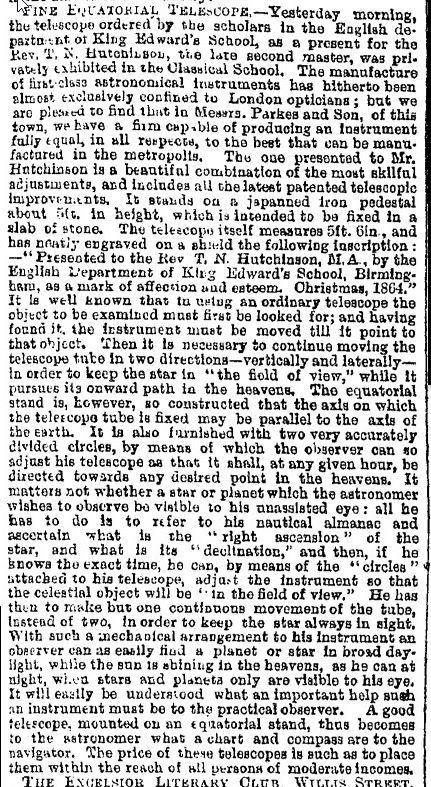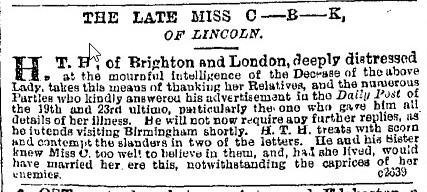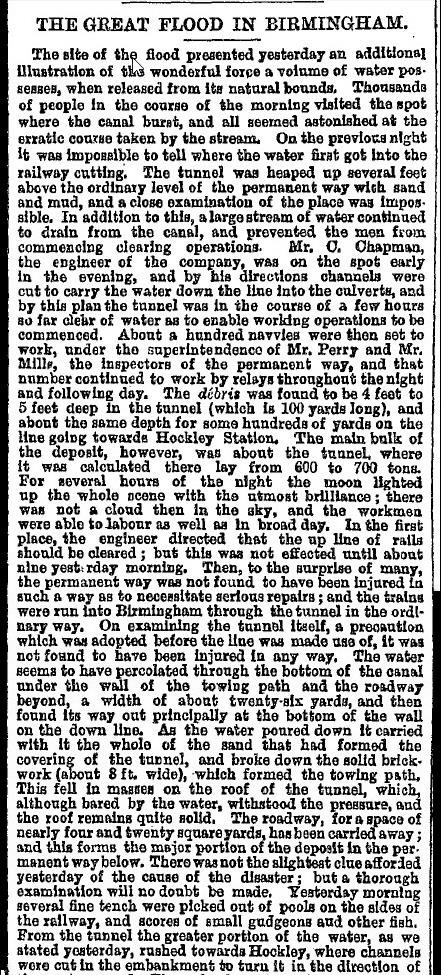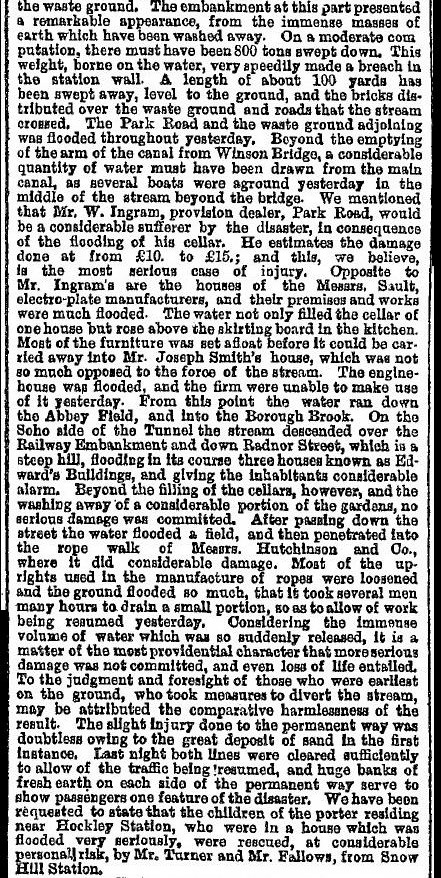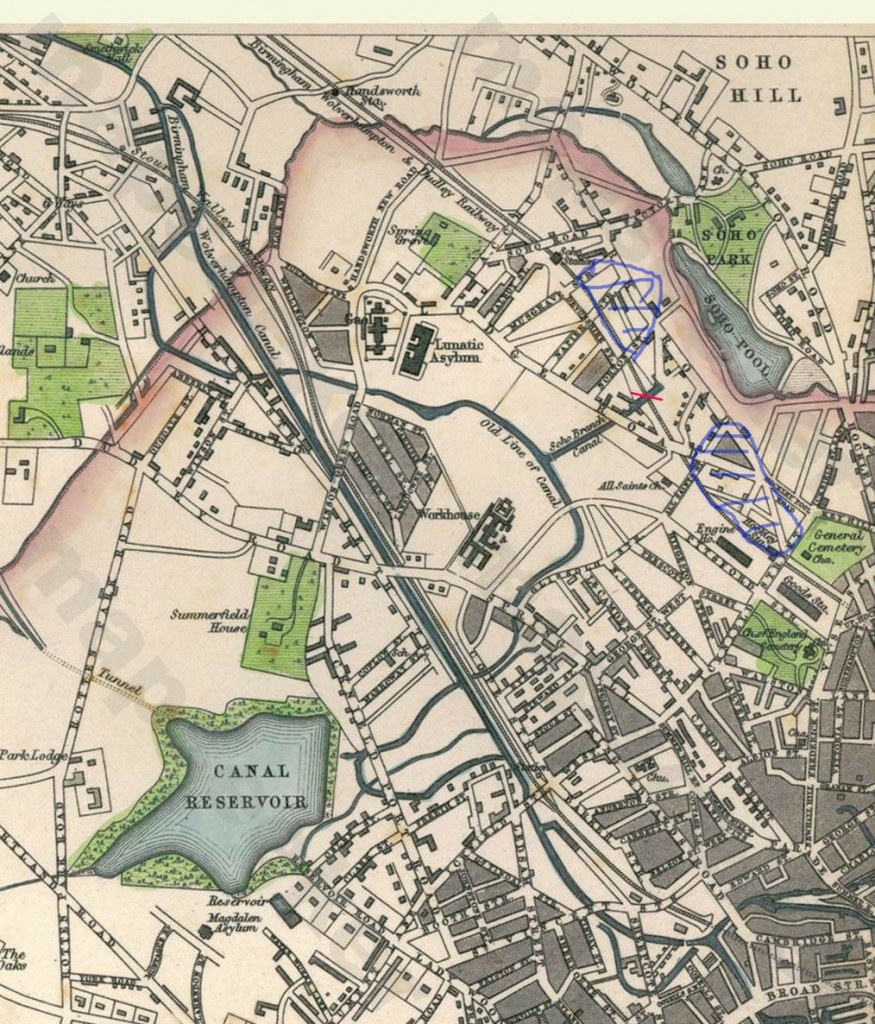oldMohawk
gone but not forgotten
In the late 1940s all us local kids had got a big slide going on the Beeches Pub car park when the local constable suddenly appeared. It was no good running away because he knew us all and we had to stand there and receive a stern lecture before he made some of us go and get some ashes to throw on the slide.

